Squint, also known as strabismus, is a condition where the eyes do not align properly, which can affect a child's vision and overall eye health. Early diagnosis and treatment of squint in children are crucial to prevent long-term vision problems and to support normal visual development. At Shree Ramkrishna Netralaya, we offer comprehensive squint eye treatment tailored specifically for children, ensuring the best possible outcomes through advanced care and specialized pediatric ophthalmology.

Book Appointment Download Brochure

Diagnosing squint in children involves a thorough eye examination that includes specialized tests to assess eye alignment, movement, and vision. At Shree Ramkrishna Netralaya, our pediatric squint eye specialists conduct a series of evaluations, such as the Hirschberg test, cover test, and visual acuity assessment, to accurately detect squint and determine its severity.
These comprehensive eye exams are crucial in identifying the type and extent of the squint, which in turn guides the development of a customized treatment plan. Early detection through these diagnostic evaluations is key to ensuring effective treatment and preventing future vision issues.
Treatment for squint in children varies based on age, the severity of the condition, and the underlying cause. At Shree Ramkrishna Netralaya, we offer:

For children whose squint is caused by refractive errors, glasses can help in aligning the eyes.
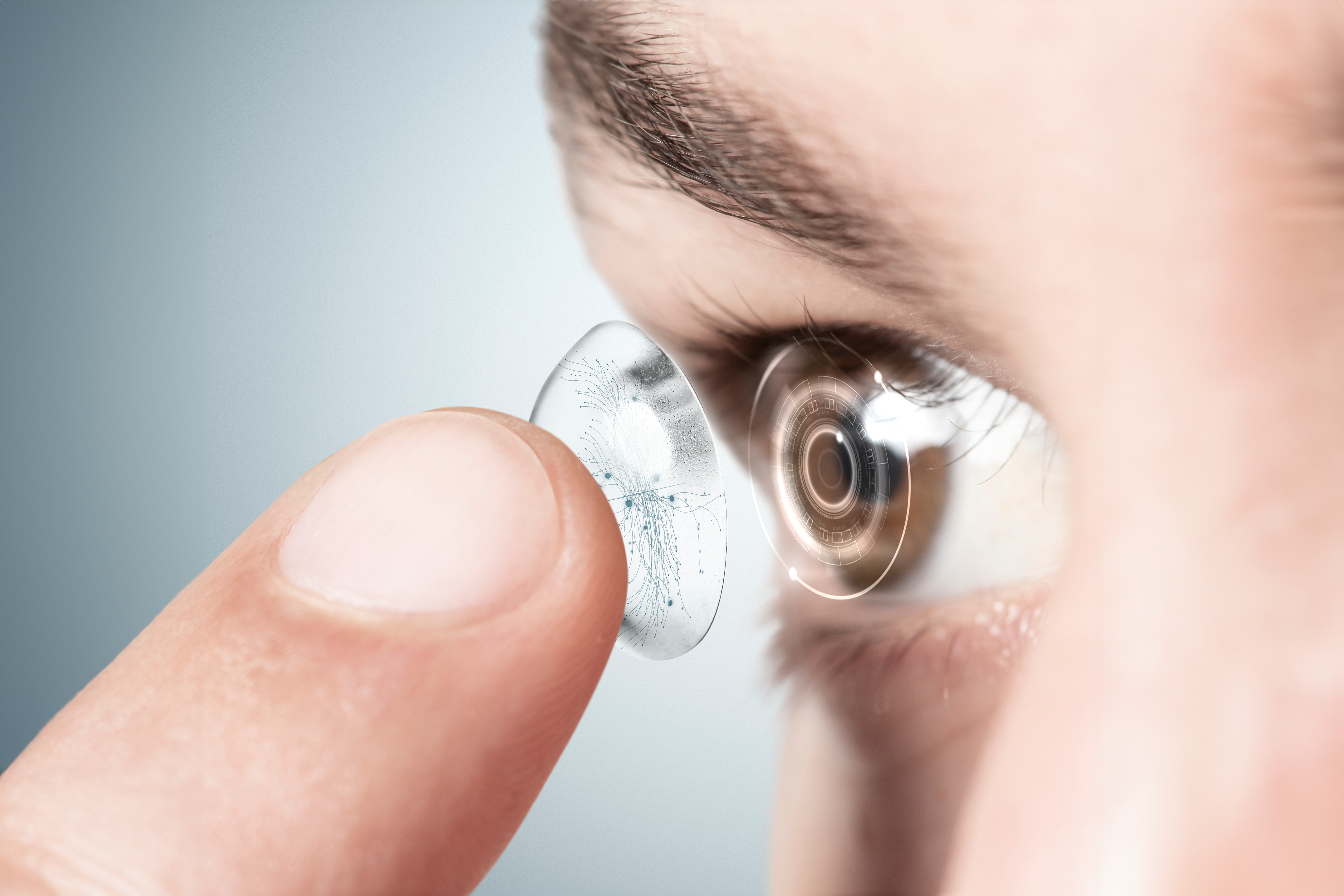
Customized exercises designed to improve eye coordination and strengthen the eye muscles.

For severe cases, surgery may be required to adjust the muscles controlling eye movement, restoring proper alignment.

After squint surgery, children may experience some discomfort and will need to follow a strict recovery protocol. The recovery period generally involves regular follow-up visits to monitor healing and assess the success of the surgery. Depending on the case, your child may need to wear corrective glasses or an eye patch temporarily.
The timeline for recovery can vary, but most children return to their normal activities within a few weeks. It's important to follow the doctor’s advice regarding physical activities and avoid any strenuous exercise during the initial recovery period to ensure optimal healing.

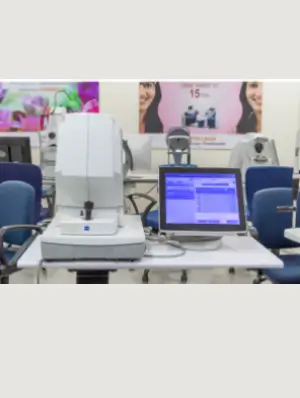
IOL Master 700
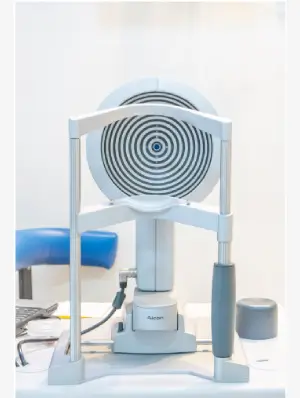
Topography
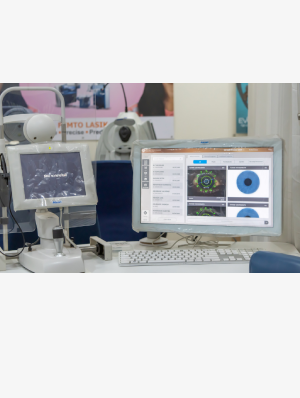
VERION
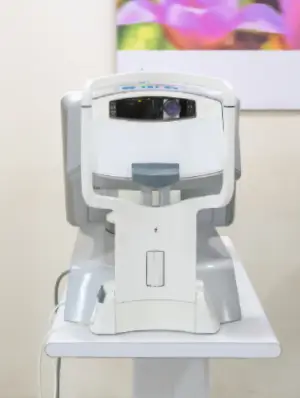
LipiView
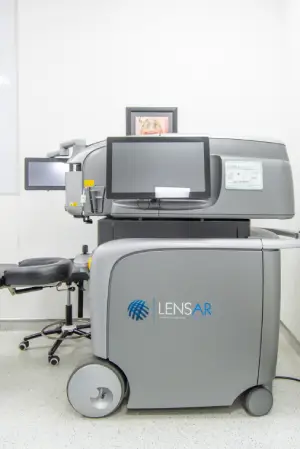
LENSAR

VERION
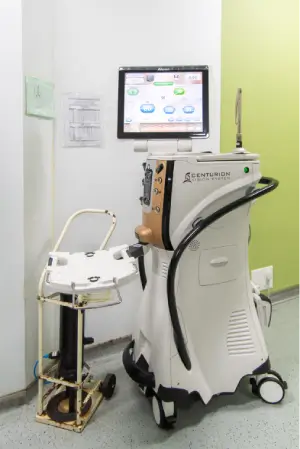
ALCON
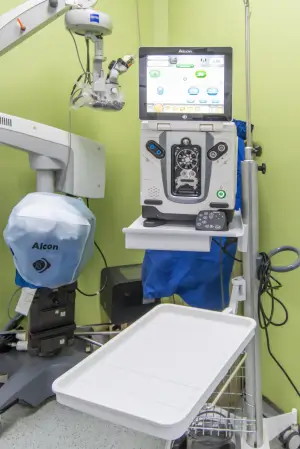
ALCON PHACO
Choosing Shree Ramkrishna Netralaya in Thane for your child’s squint eye treatment ensures that they receive comprehensive, advanced, and compassionate care. Our specialized team and state-of-the-art facilities make us the best choice for successful treatment. Schedule a consultation today to take the first step toward correcting your child’s squint and securing their visual future.
Squint can be caused by various factors, including refractive errors, eye muscle imbalance, or congenital conditions.
Yes, mild cases can often be treated with corrective glasses or vision therapy, but more severe cases may require surgery.
Early diagnosis and treatment are crucial, ideally before the age of six, to prevent long-term vision problems.
Most children recover within a few weeks, but follow-up care and monitoring are essential for a full recovery.
Untreated squint can lead to amblyopia (lazy eye) and other vision issues, making early treatment important.
While Shree Ramkrishna Netralaya is your top choice for eye care in Mumbai, you may also consider our other reputable clinics and hospitals near you.
Address:
201 & 202 Elmer #Plot #563, Central Avenue, Corner of, 11th Rd, Chembur, 400071
Phone: 082917 14838
Timing: Mon-Sat- 10 a.m. To 8 p.m.
Address:
Near Risk Care Hospital, Near Makhamali Talao, LBS Marg, Thane, W, Mumbai, Maharashtra 400601
Phone: 02225441139
Timing: Mon-Sat- 11 a.m. To 8 p.m.